Introduction to Ecological Packaging
Course final project
A course by Tati Guimarães , Sustainable Packaging and Product Designer
About the final project for: Introduction to Ecological Packaging
Introduction to Ecological Packaging
“We have reached the end of the course. I hope you have enjoyed and learned a lot, and that I have been able to contribute my grain of sand to your professional career. Next, I am going to review the different phases to follow to develop the final project. I have applied everything we have been learning to a packaging of a soap bar, but you can apply it to another type of packaging or a different product, always taking into account the premises of ecodesign and the sensory part that we have learned during the course Briefing and research The first thing is to capture the client's order very well to know what they want and need, both at a functional level and at a strategic and emotional level. Then you have to analyze the customer, see what their target audience is, their philosophy, their brand ... and also do a market study investigating the competition.
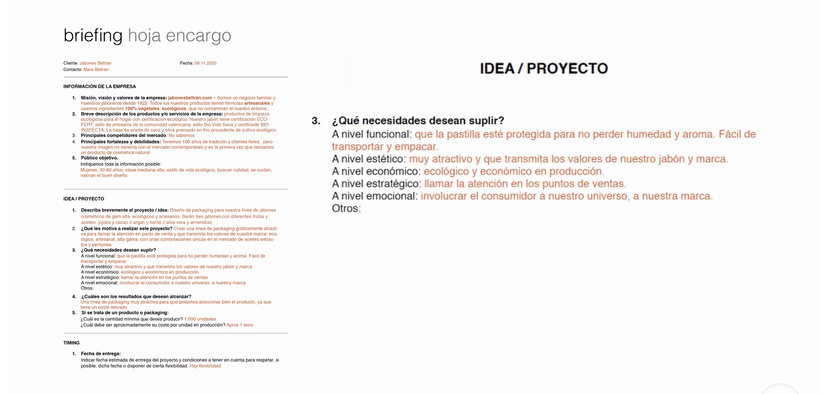
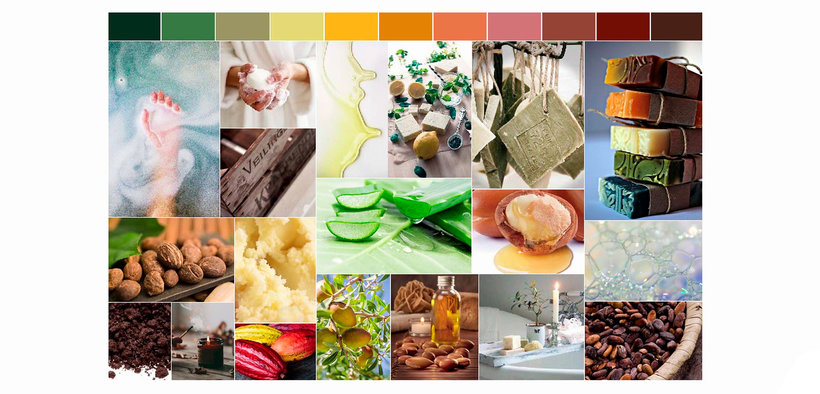
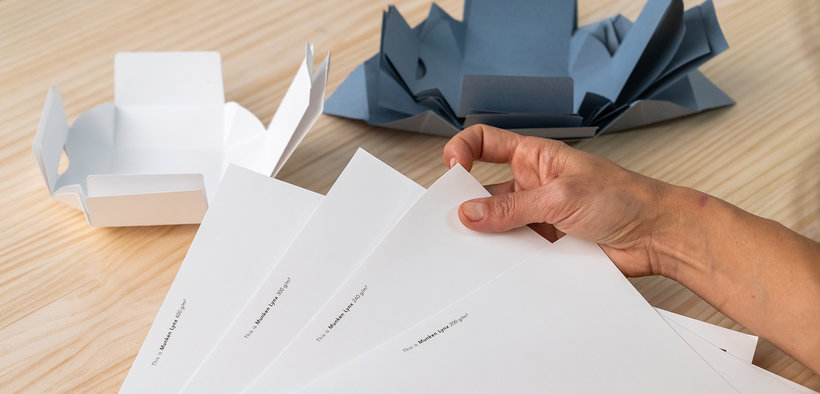
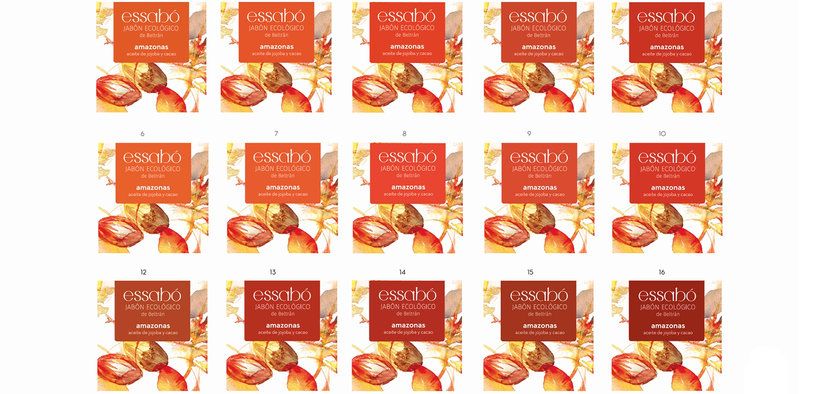
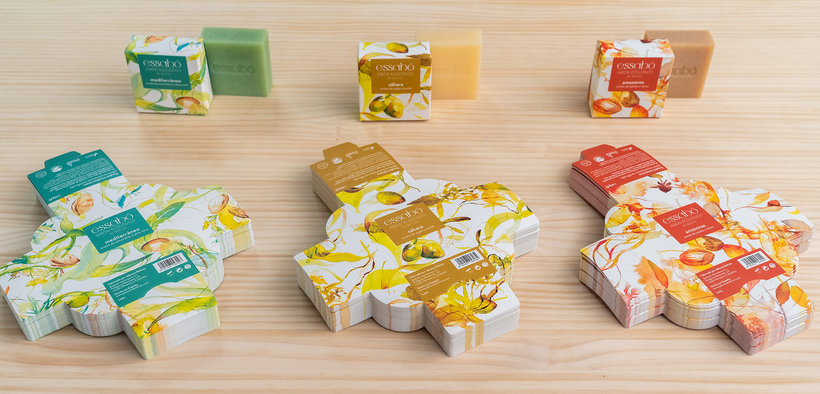
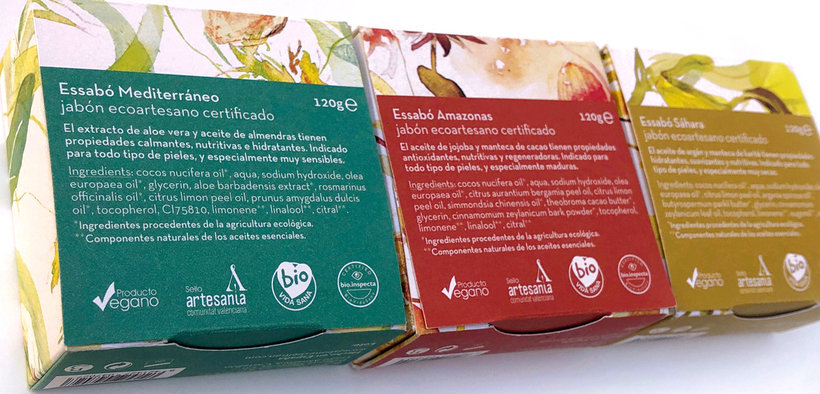
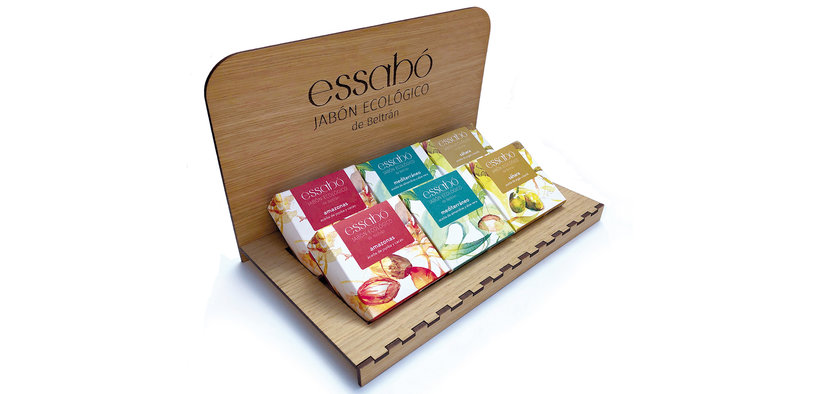
Partial transcription of the video
“In this lesson. we will do a recap. Expanding on our comprehensive packaging project: remember that all concepts from this course were illustrated through soap packaging design. However. these principles are universally applicable to various packaging forms and items. Keep foremost in your thoughts the key elements of cohesion alongside the attributes extensively discussed during our sessions. To successfully address the client's needs. we must first thoroughly comprehend their request from both a practical and an emotional perspective while also considering its broader strategic implicatio...”
This transcript is automatically generated, so it may contain mistakes.
Course summary for: Introduction to Ecological Packaging
-
Category
Design -
Areas
Branding & Identity, Design, Graphic Design, Packaging, Product Design

Tati Guimarães
A course by Tati Guimarães
A creator by vocation and a life-long ecologist, Brazilian designer Tati Guimarães has been designing packaging and products for more than 20 years. Through Ciclus, her eco design lab, she has developed her own product line and specializes in designing sustainable packaging for companies. She is also a mentor and consultant for eco design, collaborating as an undergraduate and master's professor at several universities (Elisava, IED, ESDi).
Her designs have been recognized worldwide, including her BAKUS trivet selected by MoMA, and her CAVALLUM lamp case, chosen by the Global Innovation Report as one of the most innovative products in the world. Her clients include Organic Cotton Colors, Heineken, Benetton, Fundació Joan Miró, and the Generalitat de Catalunya.
- 100% positive reviews (196)
- 4,975 students
- 13 lessons (1h 51m)
- 33 additional resources (10 files)
- Online and at your own pace
- Available on the app
- Audio: Spanish, English, French, Italian, Portuguese, Turkish
- Spanish · English · Portuguese · German · French · Italian · Polish · Dutch · Turkish · Romanian · Indonesian
- Level: Beginner
- Unlimited access forever
Category
Areas




